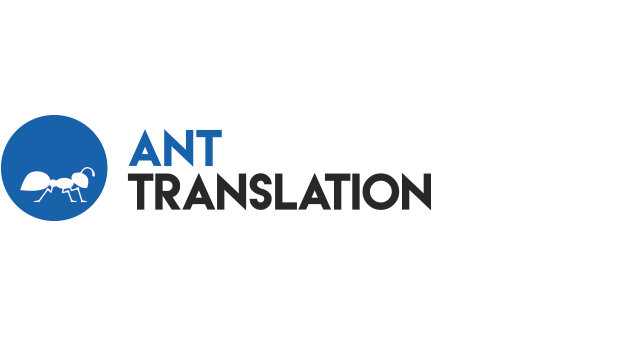Official translations: differences between certified translation, sworn translation and notarized translation
If you are submitting an official translation (for an authorization, a scholarship, a legal process, etc.) it is very important to know what service you need.
Better safe than sorry
These tips can save you time, money and trouble. Before you request your translation, make sure of the following:
- Find out exactly (in writing) what type of translation you need to submit.
- Hire exactly the service you need (also in writing).
- Confirm that the translator’s credentials are adequate and valid (a translation agency will do this for you).
- Get the apostille and all necessary stamps and signatures before sending the document for translation.
- If you have more than one document for translation, send them all together (this reduces logistics and shipping costs, plus could help you avoid minimum fees).
- If possible, provide copies of the documents in editable format (with text that can be copied and pasted).
- Provide (or at least offer) reference documentation if you have it.
- Prepare everything in advance.
What do you need?
Your translation agency can advise you, but it is your responsibility to find out what type of translation will be needed.
For example, in some cases consulates require translations are done by sworn translators, but without legalizing their signatures. Sometimes you’ll need a certified translation, sometimes a notarized translation will suffice.
In sworn translations, the translator attests that the translation is faithful to the original document. To this end, he or she has to see the actual document and attach the translation to it (the translation pages are over stamped so that they cannot be replaced).
We recommend that you confirm the requirements in writing with the recipient of the translation and ensure that your translation provider can meet them.
Sworn Translation
Sworn translations are done by professional translators, graduated according to the official translation sciences curricula for the corresponding country. These translators must also be enrolled in a government-recognized body, such as the Sworn Translators Association of Buenos Aires (Colegio de Traductores Públicos de Buenos Aires) in Argentina.
For the translation to be legally valid, the translator must be enrolled in the corresponding association, stay up-to-date with its fees and comply with any continuing education and other legal requirements (among other requisites). We recommend that you check with the corresponding association that the translator appears in their listings and is qualified for the language pair you need (again, your translation agency will take care of this for you).
The legalization step is the certification of the translator’s signature by the competent body recognized by the government (this type of translation is mandatory in some countries for vital records, some academic and legal documents).
What is an apostille?
An apostille is an attachment to a document that proves the signature and position of the public servant who signed that document have been verified. It is also called legalization of a document. Do not confuse the legalization of the document with that of the translation. The apostilling is done by the government and must be taken care of before sending the document for translation. Otherwise, the document will have untranslated information (because the apostille becomes part of the document) and may be rejected by the recipient.
Certified Translation
A certified translation is one crafted by a member of a competent professional body, certified for that language pair. Some of these associations are the American Translators Association (ATA) in the USA, and the Institute of Translation and Interpreting (ITI) in the UK.
In order to be certified, the translator must pass a test in the corresponding language pair, be up to date with the fees of that body and meet the requirements of continuous education.
Make sure your certification is current and specifically matches the language pair you need (a translator may be certified to translate from English to Spanish, but not from Spanish to English). Serious translation agencies not only verify these requirements are met, but also select translators who specialize in the topics to be translated.
Notarized translation
In this case, a notary or scribe validates the identity of the person who carried out the translation (but not his or her knowledge). These translations are usually accompanied by a statement by the translator about his or her knowledge of the source and target languages, although this does not make the person a certified or accredited translator.
The need for these services and the associated protocols vary from country to country, depending on the type of documentation and its use.
How long does it take?
Translations take time (I will write more about this soon) and if the translator needs to see original documents in paper format, have them certified and returned to the client, there may be unforeseen delays. Please note that if the language pair is rare, it may also be difficult to find a sworn or certified translator. On top of this, on certain dates state agencies and certification centers may be closed for vacations, etc.
How much does it cost?
In addition to the fees for the translation itself (which depend on the languages, the complexity of the texts and their length), there may be associated costs such as legalization or notarization, and shipping of paper materials when necessary.
There may also be costs for recreating the format (layout or DTP) and urgent work or on holidays.
To share is human, to criticize is divine
If you’ve learned something in this article or think it can be useful to someone else, please share it using the buttons below.
Do you have any queries or suggestions related to this article? Would you like to know more about anything related to translation? Please leave a comment.









